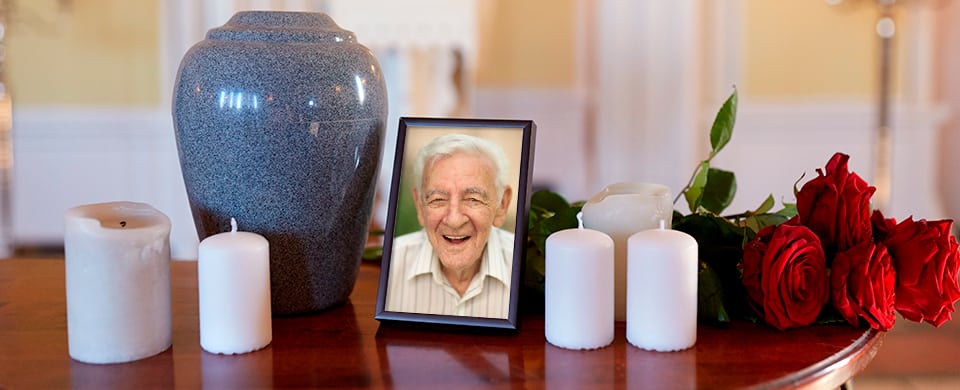Funerals Explained: Cremation
In the UK creation is the most requested form of an end of life service. It has become more popular than burial, perhaps because of concerns over space in graveyards. A lot of people are quite worried about the process. In this brief guide to cremation, we will explain the process and what to expect if you attend a funeral at a crematorium.
What is Cremation
During cremation, a coffin passes through a cremator which uses intense heat. The body and coffin are in the cremator for up to three hours. At the end of the process, ashes are all that remains, and these are bone fragments. The ashes can placed in the grounds of a crematorium and marked with a plaque, or returned to the family. Families may choose to scatter ashes or keep them at home in a small memorial casket.
What Do the Mourners See
The cremation takes place after the service when everyone has left. Family and friends are not present. Instead, before the cremation, a service can be conducted. Some people choose to have a church service, for others, the crematorium will have chapels. Many people feel it is easier to have the service at the crematorium. The funeral directors move the coffin to the crematorium after a church service. In both cases, the family and friends will have a service, and the casket will be in the room on a raised platform. This is all the mourners will see.
In a church, the coffin may remain in situ until everyone has left, or in some cases carried out before the end. In a crematorium, it is normal for curtains to close to symbolise the end of the service. This service marks the final goodbye for the family and friends. They now leave to attend any wake or celebration of life.
After that, the funeral directors and crematorium staff take over. They take care of the cremation and sort returning the ashes if needed. If it is particularly desired some crematoriums will allow up to two family members to watch. It is more usual for no family members to be present.
The Cremation
Once the funeral directors collect a deceased person, they start to make preparations. For cremation, there is no requisite for embalming, but some families prefer it. It would then be usual for the family to provide the outfit they wish the person to wear. They will then wash and dress the person, and rest the body at a colder temperature. If the person has jewellery that is fine, but sentimental pieces may go back to the family. Watches and pacemakers, or anything with a battery cannot go with the body. A doctor will need to remove a pacemaker or any other medical device. Batteries would explode at the heat level used and cause a problem.
Items like letters and cards can go into the coffin, but many things shouldn’t. It is best to check with the funeral directors. Bottles are also an explosive so ask about any individual items first.
As the casket goes into the cremator, some families choose something cheaper. If the family would like a more ornate coffin for the service, the funeral director will provide such.
The Ashes
Only one person is ever cremated at once. So the ashes received will be just the remains of the loved one. People often fear that ashes will get mixed. There are strict procedures to ensure it doesn’t happen. The confusion seems to have arisen because pets are usually cremated in batches. Pet owners pay more to get a private cremation. This is never the case for people. You can be assured that the ashes will be from the loved one.
The furnace operates at about 900 degrees. After the process is complete, a strong magnet extracts anything metal. This would be jewellery or fillings as coffin handles and hinges are removed first. The bone fragments, which is all that will remain, go into the cremulator. This machine crushes everything into the fine grey powder we know as ashes. The ashes are then transferred to an urn and can be released to the family.
It is usual for the funeral director to collect and return these on the families behalf. In some cases, the person named on the paperwork as the representative can collect. In this case, ID must be shown. The ashes are generally ready to be released about three days after the service has taken place.
Comments are closed.

